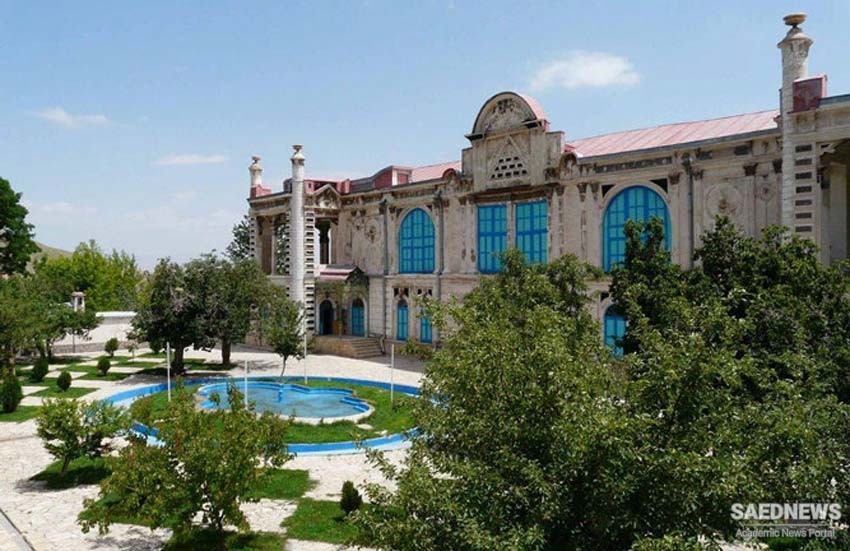Lake Urumia, one of the saltiest lakes of the world, is located in the province and contains many islands which are the habitats of different kinds of local and migrating birds.
Assyrians and Armenians have been living peacefully in this part of the world. This is attested by various churches and fire temples which are extant in the region. The people of this province are famous for being hard-working and dignified. The common occupation among the residents of this are farming and husbandry. Apple gardens have bestowed a unique beauty to this province.
The Āzari music comes in as many diverse styles as the number of tribes living there. Different kinds of group dance are common among the Kurds and the Āzari in which men and women dance together. The handicrafts of the province include carpet, rug and drugget weaving and wood works.

Bastām castle
The ancient castle is located near Bastām Ghara Zīā ad-Din village. It contains a temple, a bazaar, a government division, protecting walls, gates and secret passages. Based on archeological evidence, the castle dates back to 7th century BC.
Salmās Waterfall
This waterfall is located near the city of Sardasht. It is 10 meters high and green, surrounding valleys give it a unique beauty.
Takht-e Soleymān
This is one of the UNESCO World Heritage Sites in Iran. It is located near the town of Takāb on a hill. Around the structure, there is a thick wall made of stone and plaster which is 5 meters wide, 14 meters high and 1200 meters long. The outer part of the wall is made of carved stones and there are 38 defensive towers. Inside the castle, there is a lake, palace of Sassanid King Khosro I, Abaghakhan Palace and the Azargoshasb temple (Zoroastrian Fire Temple).

Lake Urumia
This is the largest lake in Iran which is 130-140 km long, 15-50 km wide and 50-60 meters deep. The water in this lake is too salty for fish or other sea creatures except a kind of mollusk called Artima. The water of this lake never freezes. Physicians were always aware of the therapeutic effect of Lake Urumia water on skin diseases – which is owing to its high level of minerals. This lake also contains 102 large and small deserted islands which are natural habitats of local and migrating birds.
Bāghcheh Jūq palace
This palace is located in a large garden with an area of 11 hectares in the town of Mākū. The structure dates back to the Qājār era (19th century) and was built under the order of the region's ruler of the time. The architectural style is greatly influenced by Russian architecture. This palace has two floors with lots of rooms. The interior decoration mainly consists of plaster and mirror work. The exterior decoration consists of flat stones with plaster statues.
Hasanlū Ancient Hill


 Alborz Province a Modern Metropolis of Iran
Alborz Province a Modern Metropolis of Iran














































